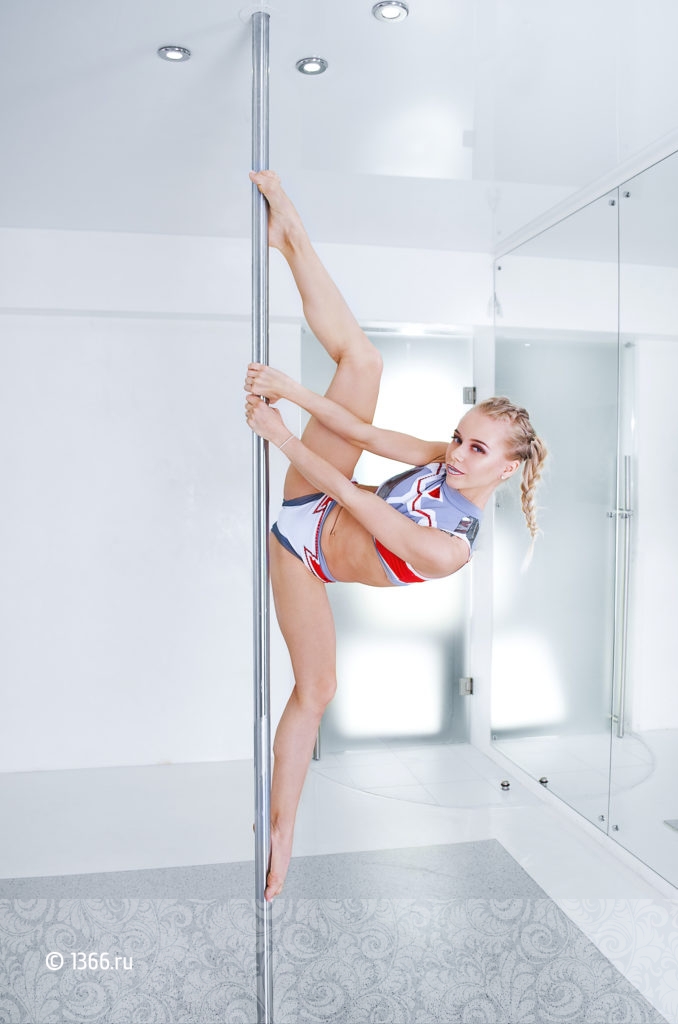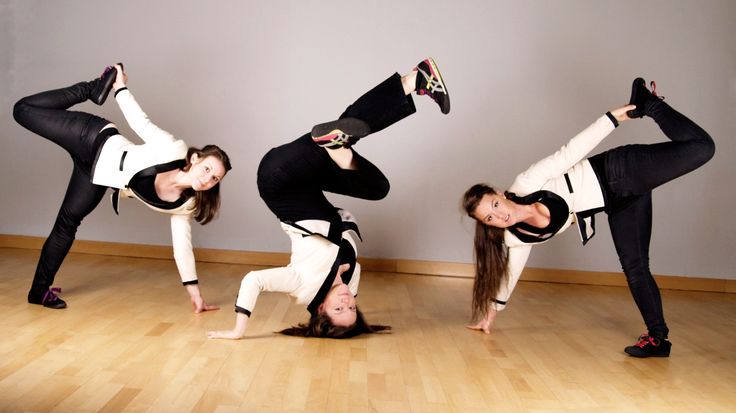How to make shoes more slippery for dancing
10 Ways How To Make Shoes More Slippery For Dancing – Dancewear Tips
report this ad
Nobody wants their shoes to be slippery unless you are dancing, in which case you would like your shoes to be more slippery, and I will discuss further in the article why.
Dancing in shoes that move smoothly and effortlessly can make your experience worthwhile the investment.
Regular shoes have lots of friction with the floor, making your dancing much harder.
If you don’t want to invest in a pair of dance shoes, there are many ways to make your regular shoes more slippery for dancing with these simple hacks discussed in this article.
10 Ways How To Make Shoes More Slippery For Dancing
- Suede sole kits
You can get suede sole kits online. This kit will come with a suede sheet that you will cut into a small piece and apply on the sole of your shoe.
- Gaffer tape
Gaffer tape is a heavy cotton cloth pressure-sensitive tape with strong adhesive and tensile properties. Not to be confused with duck tape, gaffer tape differs in the composition of both the backing, which is made from fabric as opposed to vinyl or other plastics and the adhesive, which is more resistant to heat and more easily removed without damaging the surface to which it adhered.
The advantage of using gaffer tape to make shoes more slippery is that it is only a temporary solution. This means that you can remove it after the dance session and continue using your shoes for walking, and it is a little harder to remove than suede paper.
Here is how to use gaffer tape to make your shoes more slippery for dancing:
- Attach the tape to sole of your shoes.
- Rub the tape over the shoe sole to even out sole sruface and to stick it firmly.
- Cut the tape when you get to the far edge of the shoe and rub it gently against the shoe sole.
- Repeat these steps on the other shoe as well. You can pill of the tape once you are done with dancing.
- Moleskin method
You can purchase moleskin in the first aid part of your nearest pharmacy.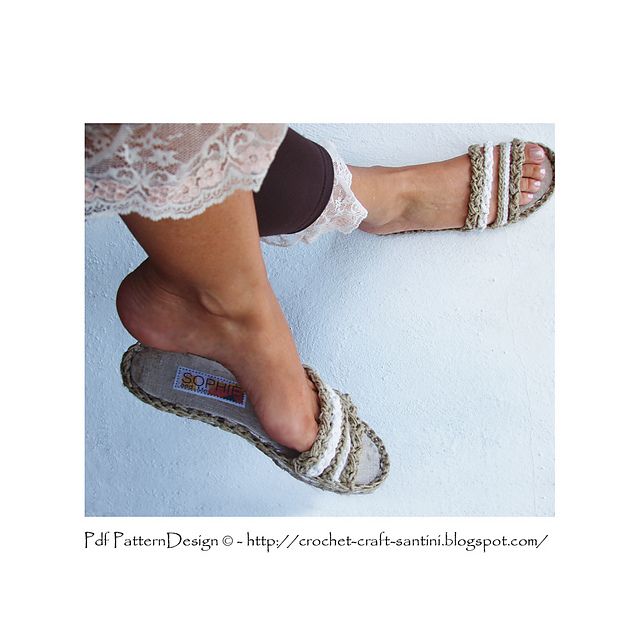 Moleskin is also suitable for reducing friction and can help keep your shoes slippery to dance. This solution will make your shoes slippery and is temporary and very inexpensive, only a few dollars.
Moleskin is also suitable for reducing friction and can help keep your shoes slippery to dance. This solution will make your shoes slippery and is temporary and very inexpensive, only a few dollars.
- Stick on suede soles
Stick on suede soles is an inexpensive and simple way to make your shoes more slippery for dancing. You can purchase stick-on suede soles of the Amazon by clicking here.
Whether you want to turn your regular shoes into dance shoes or replace worn-out suede soles, this is an excellent solution. These stick-on suede soles give you just enough friction to dance efficiently and comfortably on the dance floor.
Just peel off the protective liner from the self-adhesive backing and apply it to your shoes.
The soles are perfectly shaped, so you don’t have to worry about cutting the right shape out of a sheet of suede. These stick-on suede soles are made to fit most women’s shoes, but if you find them a little bit too big, you can cut the excess with scissors.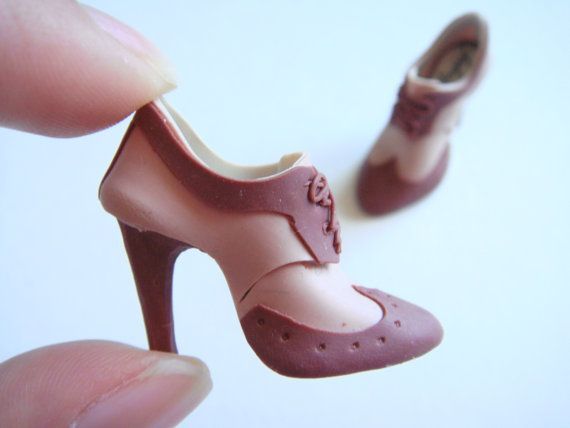
- Olive oil method
This method can seem a little messy at first but don’t worry; it won’t be.
To implement the olive oil method, you will need to following items: olive oil, paper towel, moist cloth, and rough sandpaper.
Here are the steps to make your shoes more slippery using the olive oil method:
- Clean your shoes well to remove any dirt or debris.
- Next, brush sandpaper against the shoe sole. Make small rough circular motions, and be very careful as these motions can form a pattern on the shoe’s sole.
- Once you are done with step two, add a little bit of olive oil on a paper towel to clean the rubber shelves from the shoes.
- The final step is to put olive oil on the shoe’s sole. Add olive oil to the shoe sole and rub it well with the paper towel. This will make your shoes more slippery for dancing.
Only use olive oil to make your shoes slippery for dancing. Do not use other oils types.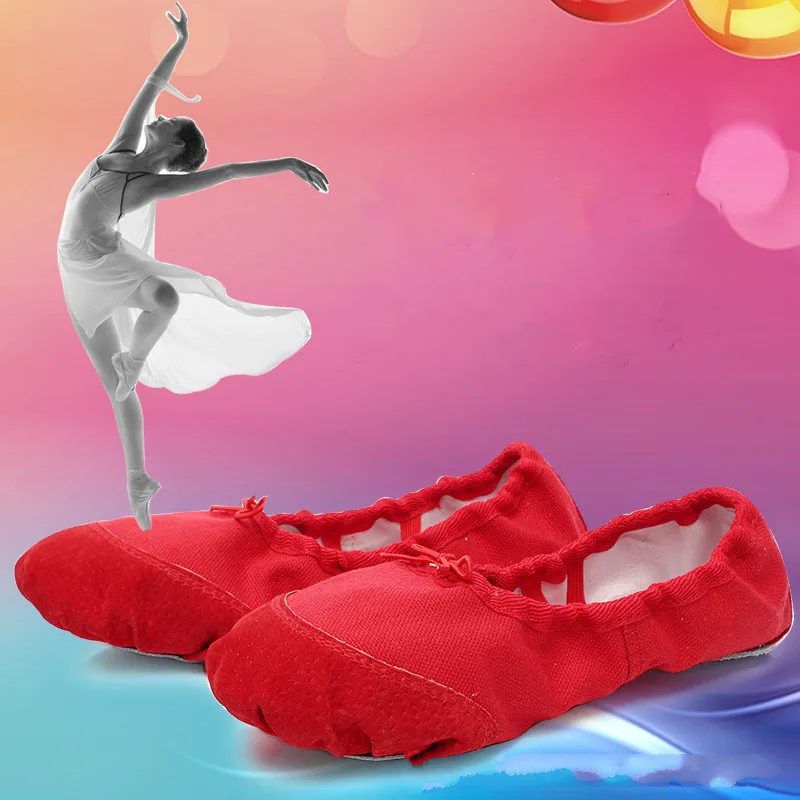
- Sandpaper method
Sandpaper is the simplest method and the most effective. The purpose of the sandpaper method is to reduce the friction between the dance floor and the bottom of your shoes.
Here are the steps to make your shoes more slippery using the sandpaper method:
- Clean your shoes from all dirt and debris. Use a wet paper towel to remove the dirt, especially from the bottom of the shoes.
- Scrub the sole of the shoe by making gentle but firm moves.
- Put your shoes on and find sandy fields where you can train. If this is not possible, you can rub it with a rough surface.
The sandpaper method works by flattening the shoe treads, making them smoother, resulting in slippery shoes for dancing. A downside to this method is that it yields more permanent results, therefore, is irreversible.
- Nail file
The nail file is an excellent choice if you don’t have sandpaper handy or just want to reduce traction on a specific spot of your shoes.
The steps are the same as the sandpaper method, making your shoes more slippery.
- Sandy surfaces
Sandy surfaces are a great choice if you don’t need too much grip taken off. You can walk on a hard surface with sand or rough sediment coating.
- Give your shoes to professional
If you are unsure how to do these steps or do not dare because you are worried that you will ruin your favorite pair, I suggest bringing your shoes to the Shoeman.
This method will cost you more than all these methods I have mentioned before, but it will also give you peace of mind and it will give you better results.
- Purchase dance shoes
I left this option for last if all other options fail. Many people want to alter their regular shoes for dancing because they don’t want to invest in a pair of dance shoes. However, in many cases investing in a good pair of dance shoes is worth it and will pay off in the long run.
Dance shoes have many other benefits, including slippery soles. For example, Ballroom and Latin dance shoes are flexible, comfortable, and provide enough grip and traction for better performance on the dance floor while providing extra safety.
If you need suggestions on what kind of dance shoes you should buy, please check out this page.
What If I Make My Shoes Too Slippery
Ok, you overdid it, and with all of these techniques, how to make shoes slippery for dancing I have mentioned earlier, and now your shoes are too slippery. So, what now? Can I reverse the damage?
When you are working with these methods to make your shoes slippery, there is always a possibility of going too far.
Luckily, there are a few solutions to reverse the “damage.”
- Use hairspray. Spray the soles with hairspray. This is an old trick but comes in handy now and then. Simply spray the bottom of the shoes with hairspray, let it air dry for a little while, and gently tap it with your fingers to create more texture.
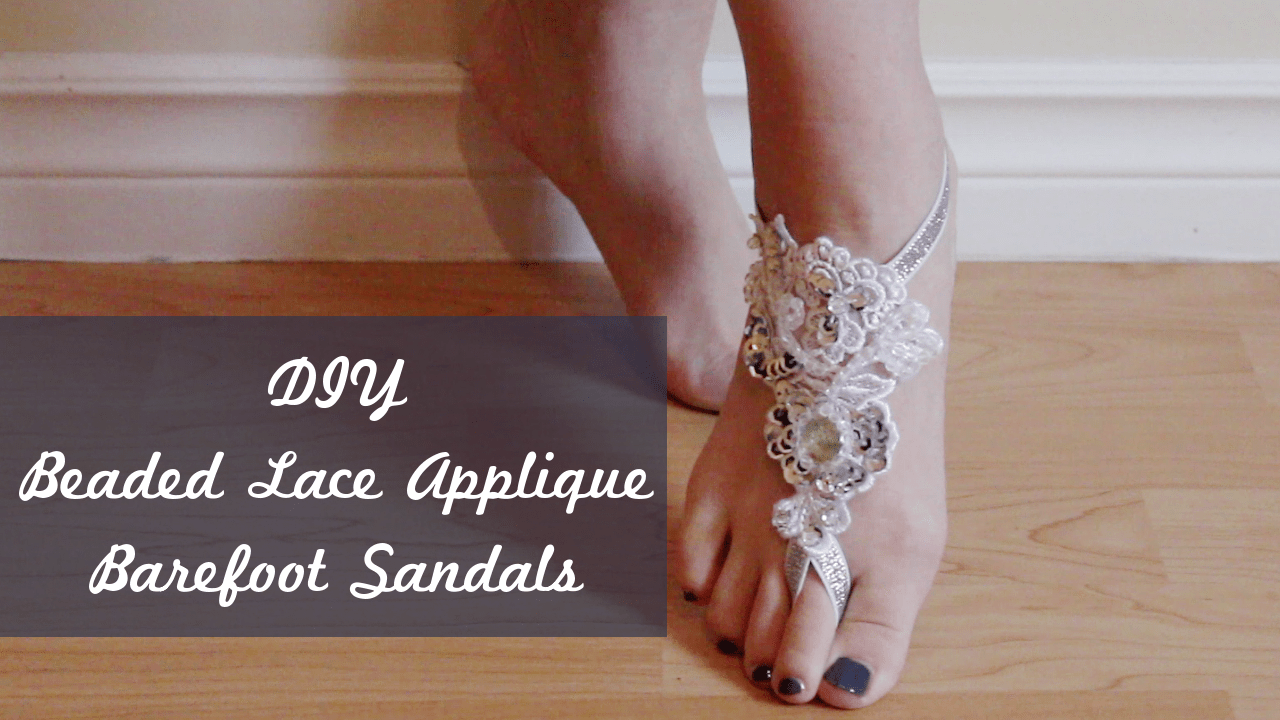
- Traction spray. Traction spray is easy to apply and is not permanent. You can get it off Amazon for a very affordable price. To check it out, click here.
- Grip pad. A grip pad is another temporary solution, which means you can put it on when you are not dancing and take it off when you step on the dance floor. You can get a grip pad off the Amazon by following this link.
Whether you want your shoes to have more grip again to use it for walking or you went overboard on one spot with sandpaper, you can use these options to regain traction.
If you want to learn more about making your shoes less slippery for dancing, please follow this link.
Why Do You Need Shoes To Be Slippery For Dancing
Slippery shoes will help you get better traction on the floor and allow your footwork to be more fluent. The texture of dance floors, such as wooden floors, is designed not to be slippery or too rough.
It means that it is easy for dancers to feel the floor, and they are still slipperier than a regular floor, which allows for more effortless movement in turns and pivots.
There will always be some residue left over from the manufacturing process when purchasing brand-new dance shoes.
Those residues could be finishes and oil that could prevent friction between your feet and the shoes.
The combination of sweat may cause skin irritation, such as the formation of calluses and blisters.
The leading reason dance shoes are not meant to be worn outside the dance floor is that they are too slippery for walking.
What Kind Of Soles Are Good For Dancing
If you have decided to go with my recommendation # 10, which is purchasing dance shoes, I would like to discuss what soles you should be looking for.
I would recommend two types of soles you should be looking for:
- Suede soles
- Leather sole
Suede sole is an excellent choice for Ballroom or Latin dance styles. Suedes soles allow the shoes to glide across the floor with just the right amount of grip.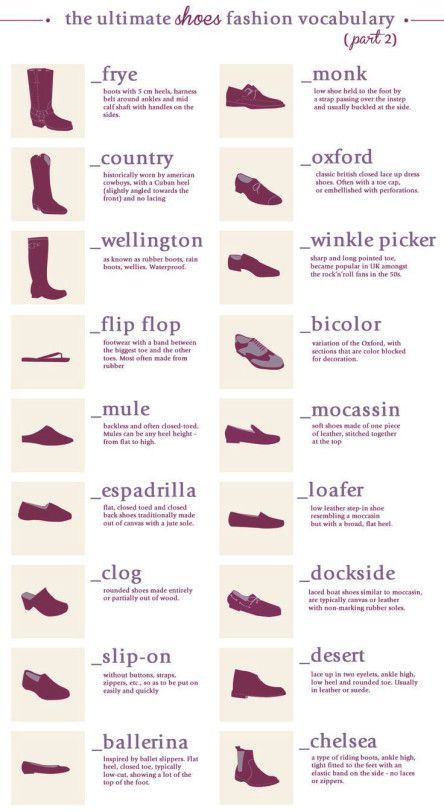 Shoes not intended for dance have a rubber sole to help with grip and durability.
Shoes not intended for dance have a rubber sole to help with grip and durability.
Traction and grip are the last things you want while dancing!
Leather soles glide smoothly on wooden floors, and most dance floors are made from wood. The soles are very flexible that you can bend them both ways where both ends touch each other.
The sole at the ball of the foot has to be smooth so that the dancer can perform pivoting, while the arch (also called shank) connects the heel, and the toe needs to be very stiff and flexible the point of interaction. The shoe sole needs to be smooth and slim but firm, and that’s why the leather sole dance shoes are the best for Argentine tango.
Argentine Tango shoes need to be flexible and allow dancers to pivot. A leather shoe sole comes in handy for pivoting, and a leather sole is the best for pivoting while dancing.
Final Words
Dancing is a fun way to socialize and get exercise, and you need proper footwear to have the whole experience.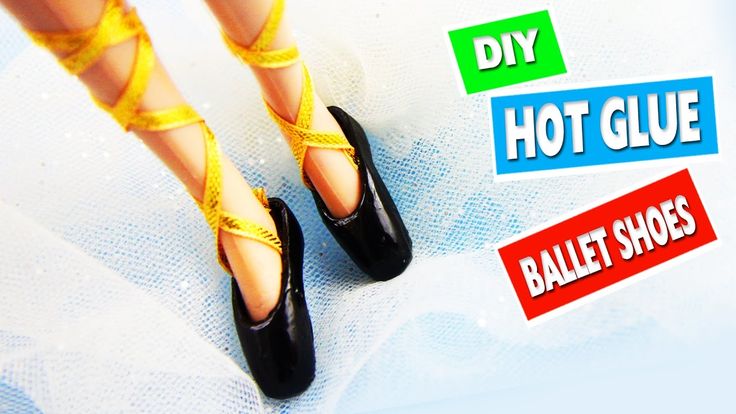 Your shoes need to be slippery enough so you can slide, glide and spin without having too much friction with the floor. If you don’t want to purchase dance shoes, follow these DIY methods to make your regular shoes slippery for dancing.
Your shoes need to be slippery enough so you can slide, glide and spin without having too much friction with the floor. If you don’t want to purchase dance shoes, follow these DIY methods to make your regular shoes slippery for dancing.
Happy dancing!
How To Make Shoes Slippery For Dancing
Is shuffling and dancing your favorite pastime? Then you know you need slippery shoes to wow your fans with your swift moves.
Whether you want the shoes to remain slippery permanently, or you want to use your non-slip shoes for one show and revert them to their original style, we have your back.
Now you can rock your favorite pair of shoes to a friend’s birthday party and hit the dance floor after sticking some materials to make them slippery.
Remember not to walk in slippery shoes since you can easily slide, fall and injure yourself. The procedure of fixing the slippery material and removing it takes only a few minutes.
We will show you how to make shoes slippery in simple steps and with readily available ingredients.
Table of Contents
Using SandpaperIf your shoes have a rubber sole, you can make them slippery in readiness for your dancing or shuffling using sandpaper.
Before you begin the process, remember that this procedure is irreversible. In addition, rubbing shoe soles with sandpaper may weaken them and affect their longevity. Do it on the shoes that you assign purposely for shuffling and dancing. Here are the steps:
- Look for coarse sandpaper that can scrape off textured patterns on your shoe sole.
- Hold your shoe upside down on your left hand. It will be better if you insert your hand in the shoe to make the sole firm. You can do this with your left hand if you are left-handed.
- Rub the sole with the sandpaper in forceful circular motions. Feel the shoe with your palm from time to time to see where you need to apply more force.
- Once the sole is smooth, wipe it with a cloth soaked in olive oil.
 This will remove the sandpaper residues and give the sole a greasy feel. Remove excess olive oils so that the shoe is not too slippery.
This will remove the sandpaper residues and give the sole a greasy feel. Remove excess olive oils so that the shoe is not too slippery. - Repeat this process with your other shoe, and they will be ready for dancing or shuffling.
- Rub the shoes with olive oil anytime you want to use them for your dancing or shuffling sessions.
This works best if the shoes do not have treads. You can use this temporary procedure on your regular shoes for your one-time dancing session.
Suede sticks well on any sole, giving you a wide range of shoes you can use to shuffle or dance. If you notice that the shoes are losing their slipperiness, stick more suede paper to restore them.
Check with your shoe store for the pre-cut suede paper, but if you are a DIY devotee, buy the uncut suede paper to prepare at home.
Remember to work on the shoe with the sole supported to get an even suede paper cover. You will also work on the shoe better if you turn it upside down so that you can easily insect the process.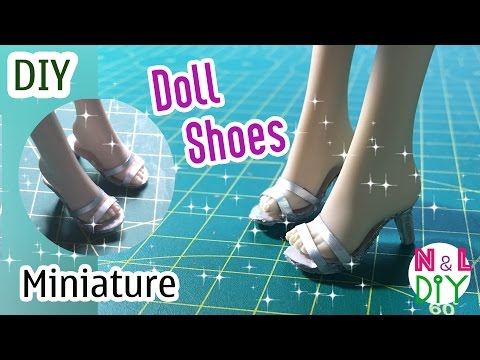
- Place the suede paper on a flat surface.
- Put the shoe on the suede paper and trace it with a marker pen.
- Lift the shoe and put it aside. Pick the suede paper and cut out the traced shoe with a sharp pair of scissors. However, you can look for ready-made suede paper that is cut to size to avoid cutting it yourself.
- The suede paper has adhesive tape. Peel the tape and fix it on the shoe gradually, checking and straightening out any creases until you cover the entire sole.
- Repeat with the other shoes, and you have your shuffling or dancing shoes ready.
- When you are done and want the shoe to cease being slippery, peel the suede paper. It will not damage your shoe sole.
This is a perfect way of showing off your flashy shoes on the dance floor. It delimits the choice of shoes you can dance or shuffle in and does not damage the features that come with your shoes.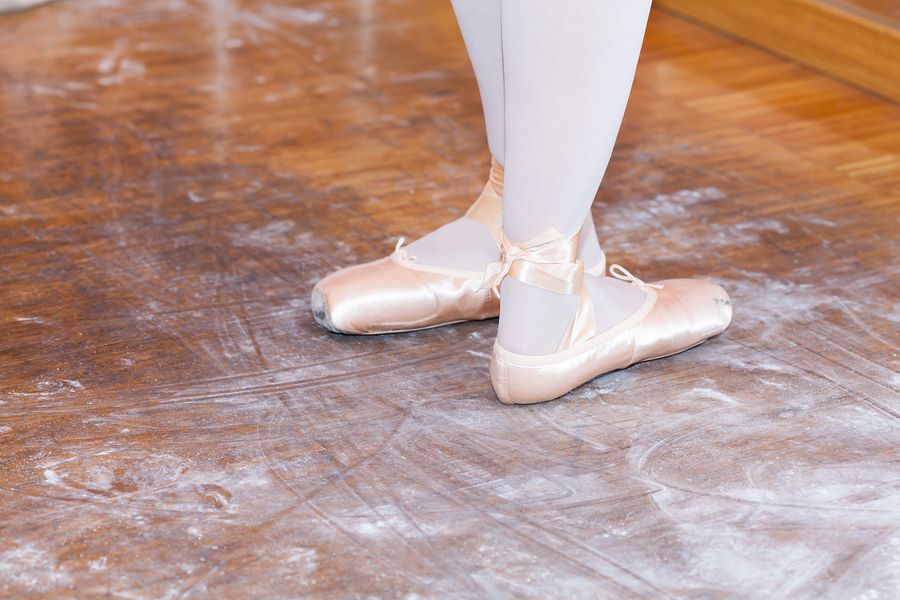
You may not cover all the areas of your shoe with this tape but it is a quick and easy way to make your shoes slippery. You will get better results with this process if the shoe is upside down and the sole is supported from the inside.
If you fail to support the sole, it will cave in to give you an uneven surface. The tape will form groves that will hinder your swiftness when dancing and shuffling. Here is the procedure:
- Attach the tape to one end of the shoe sole.
- Open the tape over the shoe sole slowly. Rub it to even out any creases that you notice and stick it firmly on the shoe sole.
- When you get to the far edge of the shoe, cut the tape and stick it tightly by rubbing it gently onto the shoe sole.
- Do this with your other shoe for a pair of slippery shuffling and dancing shoes. You can peel off the gaffer tape any time you want the shoes to lose their slipperiness.
- Moreover, if the gaffer tape is collapsing and you still want the shoes to be slippery, clean the shoes with the gaffer tape on and leave them to dry.
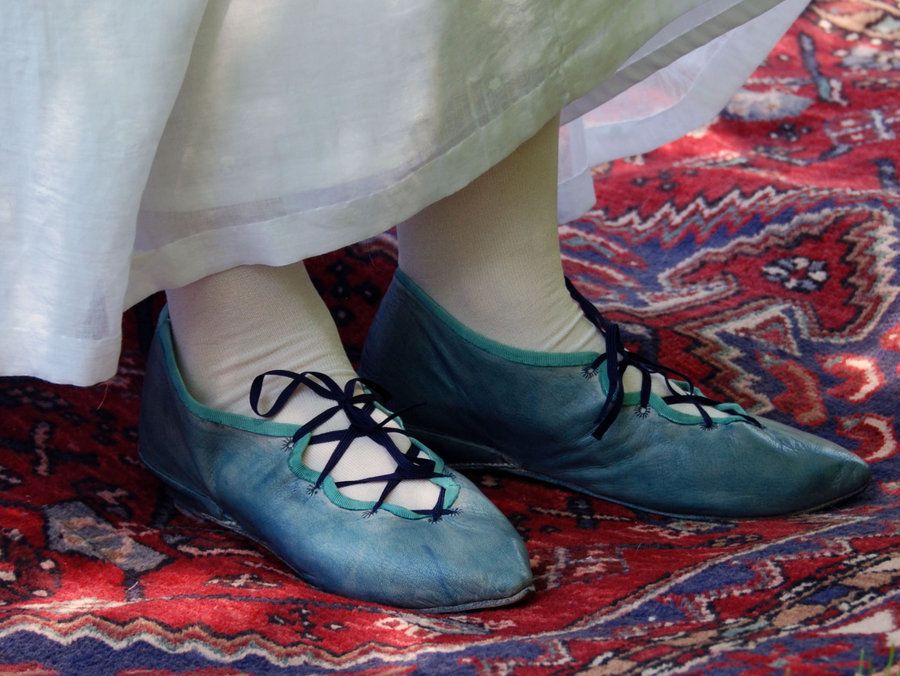 Once they are waterless, stick a fresh coat of gaffer tape, and you have them slippery once again.
Once they are waterless, stick a fresh coat of gaffer tape, and you have them slippery once again.
Conclusion
You can shuffle or dance in any shoes you like even if they are not slippery when you are buying them. You can make shoes slippery for shuffling or dancing using locally available materials and simple procedures.
Some of the procedures are irreversible. If you choose them, ensure you will not need the shoes for any other purpose other than dancing and shuffling. Slippery shoes may cause you to fall and injure yourself.
Some temporary procedures leave the features that come with your shoes intact. These are best when you have a single dancing or shuffling session, like during a birthday party.
Sandpaper, gaffer tape, and suede paper are the common materials you can use to make your shoes slippery for shuffling and dancing.
What to do to keep shoes from slipping: proven methods
Even the best winter shoes and quality material can gradually start to slip on the ice. In addition, sidewalks in cities are not always well cleaned and it happens that on the way to work or school in the morning you have to run through a thick ice crust. Ice is the most common cause of injuries in winter. What to do to avoid such a fate - we tell in our material.
In addition, sidewalks in cities are not always well cleaned and it happens that on the way to work or school in the morning you have to run through a thick ice crust. Ice is the most common cause of injuries in winter. What to do to avoid such a fate - we tell in our material.
The right winter clothes should be not only warm, but also stable. This means - the rejection of stiletto heels, only reliable thick and low heels or low soles. The platform is also relatively unstable, and the tread must be clearly embossed to provide good grip and non-slip. The more pronounced it is, the better.
What do specialized shops offer?
Stores sell special removable anti-slip pads. They are also called ice accesses - this is a neat rubber or metal surface with holders and with small metal spikes.
Be careful - the led accesses have their own size range, make no mistake with your choice. In retail outlets, there are separately not removable, but adhesive linings.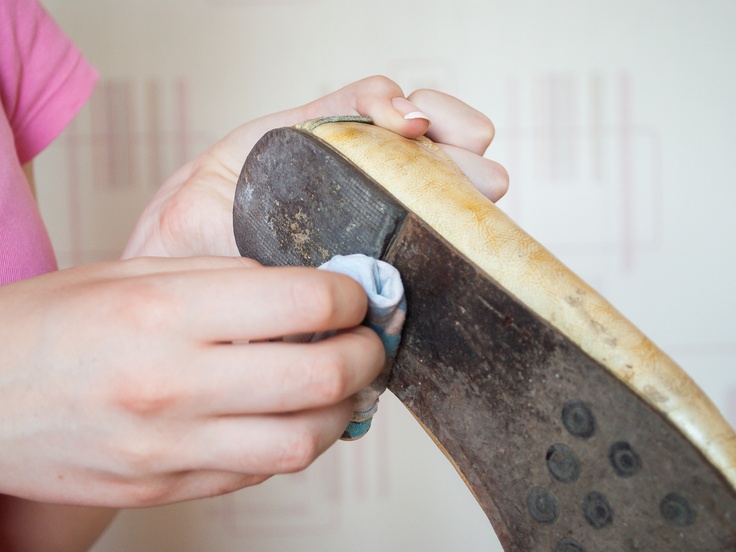
How can I solve the problem myself?
You can make the overlay yourself. You need to take a plaster of rough material, felt or granular sandpaper and stick it on the bottom of the shoe. Two pieces: one is attached closer to the nose, the second - on the heel. You can glue the adhesive plaster crosswise, this method will save 3-4 days from slipping. The main thing is that the surface is dry before sticking, it is better to additionally degrease.
Do not forget that methods using glue are suitable for a more or less dry winter - with constant contact with water, the plaster, felt and sandpaper will quickly come off.
Some people get by with an even more minimalistic set: glue is applied in a zigzag pattern on the sole and sand is poured. It is worth putting on shoes and going outside after the glue has dried. Sand particles will cling to the ice and will not let you slide.
There are tips on the Web to rub the sole with a grater, make grooves with a soldering iron or screw short screws into it to create a relief, but these are amateur methods.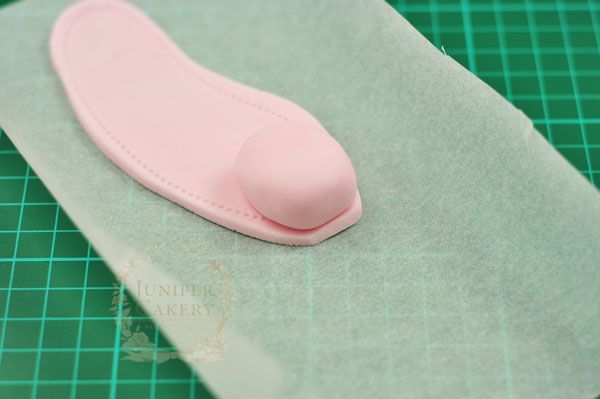 This damages the outsole material, which increases the wear of the product and can create cracks. It is even suggested to melt sand into the sole - heat it up well and put shoes on it - but here, judge for yourself whether you want to spoil your favorite new thing like that.
This damages the outsole material, which increases the wear of the product and can create cracks. It is even suggested to melt sand into the sole - heat it up well and put shoes on it - but here, judge for yourself whether you want to spoil your favorite new thing like that.
An unusual option is to take pieces of nylon and set it on fire so that the molten material drips onto the bottom of your shoes, creating a small relief. Craftsmen write that this method works for a very long time. It also comes to suggestions to put socks on top of shoes in order to pass dangerous sections without loss.
What methods will not help to get rid of slip?
Options include spraying the sole with hairspray before going out or rubbing it with half a potato. Sand will stick to the sticky surface and prevent slipping. Those who have tried it speak of white streaks of starch from potatoes and complete ineffectiveness.
How can a shoe repairman help?
Repairmen have their own ways of making boots and boots less slippery.
- Deepen the tread. The method is suitable for products with a thick sole.
- Put iron heels. The only inconvenience is a loud clattering sound when walking.
- Screw in metal screws. The master will do this carefully and over the entire area of \u200b\u200bthe product.
- Install the polyurethane cover. It will not interfere with walking and will not affect the fit of the model on the leg.
How to choose shoes for winter?
In order not to slip, do not buy products with smooth soles and do not go on ice in demi-season models. Be sure to pay attention to the thickness of the heel and the presence of a relief protector. Give preference to products made of polyurethane or rubber. Avoid stilettos, pointy toes, and high platforms.
And choose manufacturers who are famous for their winter models. In this case, additional precautions will not be needed - it will be enough to wash the corrugated surface and thoroughly clean the tread pattern.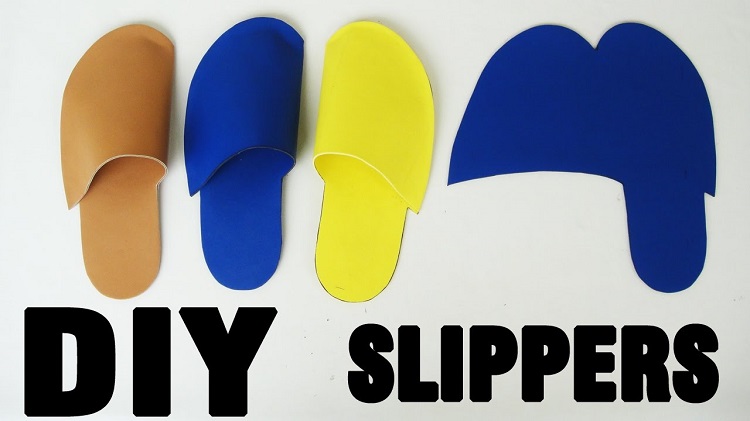
To finally prepare for the dangerous period, here are some tips on how to behave in ice.
- Walk carefully on slippery surfaces in small steps.
- If possible, make sure you have something to grab onto if you fall.
- In heavy ice it is better not to walk wide, but a little, to glide like on skis.
- When walking, do not keep your hands in your pockets, thanks to them you can balance.
If you fall, try not to throw your arms out to the sides, but tuck them under you so as not to break them. Protect your head when you fall and try to group.
Remember to choose the right material from which the sole of your new thing will be made. Synthetic rubber, polyurethane, polyvinyl chloride and thermoplastic elastomer provide stability on ice. It is important that it withstands the cold well - this is another reason why demi-season boots should not be worn in winter. Material not intended for frost may crack and lose its properties.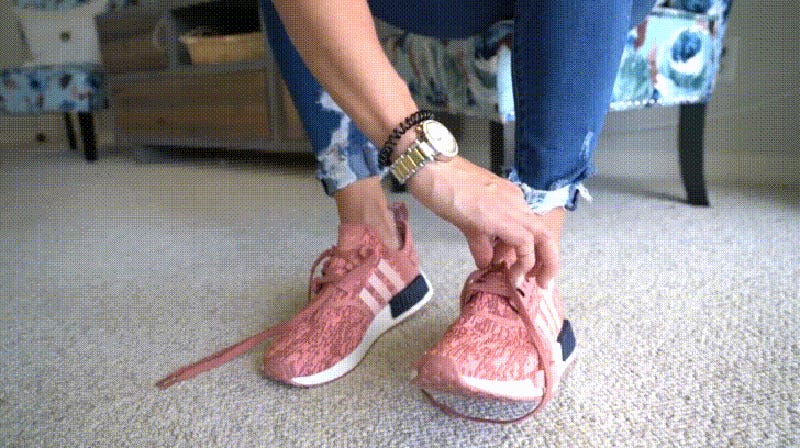 Polyurethane and rubber can withstand up to -15 degrees, and for colder times it is better to use shoes on thermoplastic elastomer.
Polyurethane and rubber can withstand up to -15 degrees, and for colder times it is better to use shoes on thermoplastic elastomer.
The TOOFLI.COM online store has hundreds of options for women's, men's and children's shoes for every season! In our catalog you will find models ideal for winter walks and everyday wear. Choose your favorite pair at TOOFLI.COM!
Do-it-yourself anti-slip sole. What can be done to keep shoes from slipping in winter
New boots, especially those with leather soles, can be very slippery on smooth and wet surfaces. And it also happens that your old favorite shoes make you dance on ice. If you encounter a similar problem, do not treat it as something insignificant. Slippery shoes can cause serious injury, not to mention the discomfort you may experience. Before throwing slippery and uncomfortable shoes in the trash, try to make the sole less slippery with a minimum of effort.
Steps
New shoes
Put on new shoes and walk in them preferably on a rough surface. If your shoes are brand new, they may be very slippery because the soles are still perfectly smooth. Walk in new shoes on the floor. From contact with the surface, small roughness and scratches will appear on the sole, making the shoes less slippery. So put on your new shoes and walk around the house in them as much as possible.
If your shoes are brand new, they may be very slippery because the soles are still perfectly smooth. Walk in new shoes on the floor. From contact with the surface, small roughness and scratches will appear on the sole, making the shoes less slippery. So put on your new shoes and walk around the house in them as much as possible.
- Walk with new shoes on uneven ground:
- Concrete (non-smooth)
- Gravel
- Rocks, stones, etc.
- Textured metal grills, walkways, etc.
- You can also take off your shoes and, taking them in your hands, rub the sole well on an uneven surface.
Rub the soleplate with sandpaper. Are you unable to walk on a rough surface? Try scratching the sole with sandpaper; just take off your shoes and rub the soles with sandpaper. Now put on your shoes and evaluate the result.
Use a nail file. If you don't have sandpaper, a nail file or similar tool may be a good alternative.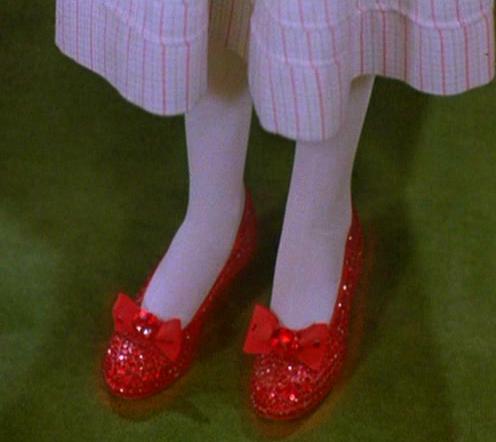 Use it the same way you would sandpaper. Rub the sole with a nail file to make it rougher.
Use it the same way you would sandpaper. Rub the sole with a nail file to make it rougher.
- You can use a file. This is a more convenient tool that will help you cope with the task. As with sandpaper, choose a finer grit file.
Wear shoes and the sole will eventually wear out. Another way to make your boots less slippery is to wear them as often as possible. Walking is the best way to make your shoes less slippery. It will take you from several days to several weeks to fix this problem. Put on your new shoes or boots and walk around in them as much as possible.
- If you decide to use this method, be careful if it is very slippery outside. In this case, it is better to put on another pair of less slippery boots (rain or ice). This will help you avoid unnecessary injury.
Additional funds
-
Purchase a special coating for slippery soles. If you are uncomfortable with your old boots, the problem is not that you have not worn them enough, but that you have worn them too much.
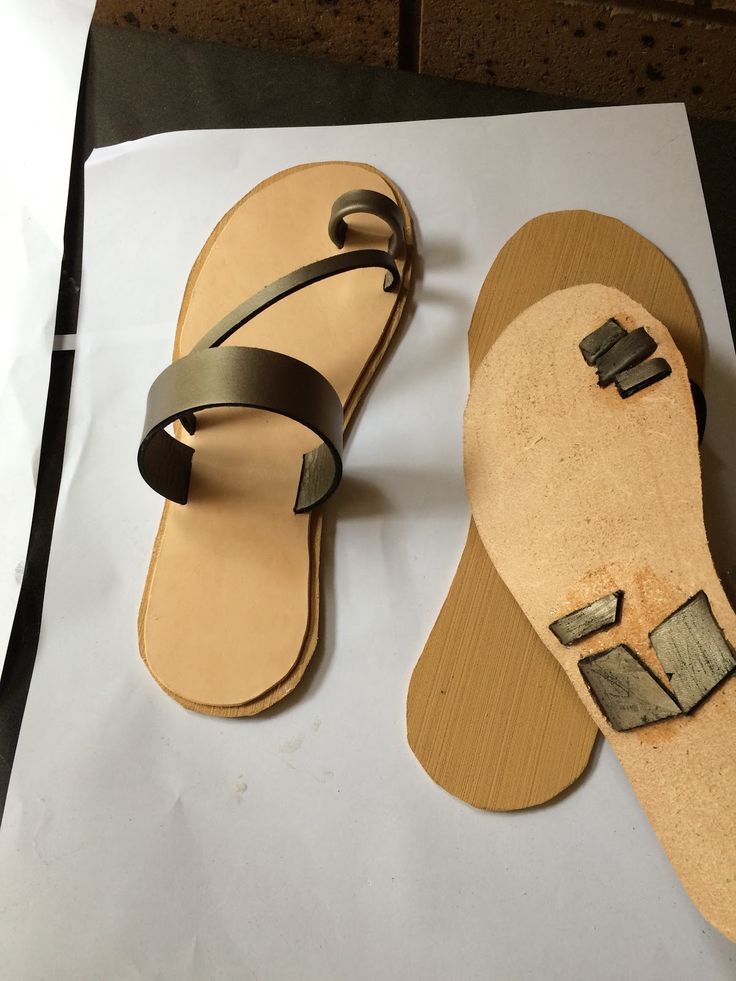 In this case, you can use special pads that need to be glued to a slippery surface. Of course, the best option would be to use special overlays designed for this purpose.
In this case, you can use special pads that need to be glued to a slippery surface. Of course, the best option would be to use special overlays designed for this purpose. Purchase an anti-slip spray. This product greatly reduces the risk of walking on slippery surfaces. However, before purchasing such products, consult with the seller or read the reviews. Choose only high quality products.
- Anti-slip spray can usually be purchased from the same store as the sole pads. However, the price may be higher.
-
Use hairspray. Don't want to spend money on special anti-slip products? Take advantage of what you have at home. However it is important to note that the use of these agents does not guarantee good results. Such a tool is hairspray; just spray a layer of varnish on the soles of the boots. Let the polish dry for a minute or so. Now you can put on your boots.
Use volume paints.
 This paint is often used in children's art kits. In addition, this paint is used to apply patterns on a T-shirt. Under the influence of temperature, the ink expands and a three-dimensional image is obtained. Therefore, it is appropriate to use this tool in our case, since loose dried paint will create a rough surface on the sole. Just apply a thin coat of paint to the sole, leave it for a few hours to dry, and enjoy the result!
This paint is often used in children's art kits. In addition, this paint is used to apply patterns on a T-shirt. Under the influence of temperature, the ink expands and a three-dimensional image is obtained. Therefore, it is appropriate to use this tool in our case, since loose dried paint will create a rough surface on the sole. Just apply a thin coat of paint to the sole, leave it for a few hours to dry, and enjoy the result! - After a while, you will need to repeat the process, since the effect of the paint is also temporary. However, the process should not be repeated as often as in the case of hairspray.
- If you have time, you can paint a picture on the sole; this is a great way to make your boots truly unique and let your creativity run wild.
-
Use adhesive tape. Stick two pieces of Adhesive Band-Aid with a rough fabric backing onto the sole. Stick two strips crosswise for the best effect.
- However, change the band-aid periodically as it loses its adhesive properties over time.
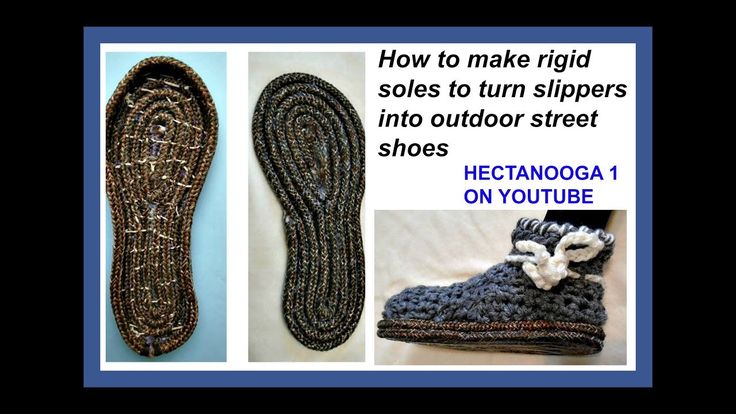
- However, change the band-aid periodically as it loses its adhesive properties over time.
-
Get the help of a professional if you are dealing with a very expensive pair of shoes. If your pair of shoes is expensive enough to be subjected to various experiments, take it to the nearest shoe repair shop. The master will offer you more gentle options that will not spoil your favorite shoes.
Winter is a great time of the year when you can walk on the first snow in the frosty clear air, play snowballs or go to the skating rink. But this season is the most traumatic due to slippery sidewalks. Therefore, with the onset of winter snowfalls, the question of choosing comfortable and safe shoes becomes acute.
It often happens that beautiful and fashionable winter boots do not even stand the first test of snow. This problem is especially relevant during ice. In order for winter shoes not to slip, its sole should be soft and have a deep tread.
Selection of winter shoes
When buying winter shoes, you need to pay attention not only to the appearance, but also to a very important part of it - the sole.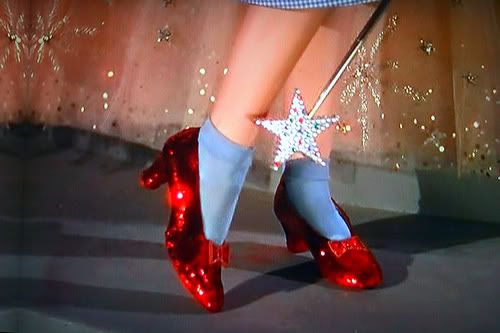 If it is smooth, it will not give sufficient grip on a slippery surface in icy conditions, so it is completely unsuitable for frosty weather. The choice of shoes for a child requires special attention. The deeper the tread, the more slip resistant it is.
If it is smooth, it will not give sufficient grip on a slippery surface in icy conditions, so it is completely unsuitable for frosty weather. The choice of shoes for a child requires special attention. The deeper the tread, the more slip resistant it is.
The sole material is of great importance. If low-quality raw materials are used in production, then in the cold it will become hard and very slippery. So that the shoes do not slip on the ice, it is necessary to choose a rubber sole. Today there is a special frost-resistant rubber that can withstand fairly low temperatures. In expensive models, even special protection is provided in the form of built-in metal spikes or special inserts.
Folk recipes
Continuing to skate in boots, like on skates, many try to do something else, and so that the shoes do not slip, they use folk remedies. There are many recipes that have stood the test of time. They are easy to do and will not spoil the appearance of the boots.
- After degreasing the sole with alcohol or solvent, apply a mesh of good shoe glue to it and allow to dry, and then cover with another layer.
 After that, you should put the boot on the river sand and press it hard. Such a homemade protector will provide safe walking for about a month, then you can use the tool again. This method is more suitable for worn shoes, which you do not mind spoiling. It is not applicable for elegant model shoes. In addition, treated shoes are uncomfortable to wear indoors, as they scratch the surface of a lacquered or tiled floor.
After that, you should put the boot on the river sand and press it hard. Such a homemade protector will provide safe walking for about a month, then you can use the tool again. This method is more suitable for worn shoes, which you do not mind spoiling. It is not applicable for elegant model shoes. In addition, treated shoes are uncomfortable to wear indoors, as they scratch the surface of a lacquered or tiled floor.
- Having cleaned it well, you must first rub its sole with sandpaper, and then spread it with glue and attach the cut-out pieces of the same paper. Particular attention should be paid to the heels and toes of the boots. Pieces of felt can be glued to them - it saves well from slipping. You need to renew this tool every few days, as the glue wears off quickly.
- To keep shoes from slipping in winter, you can use an old nylon stocking. If you set it on fire above the sole, it will begin to melt and drip onto it. Pieces of frozen nylon form an artificial protector, which, if regularly updated, will prevent slipping and injury.

- For shoes with thin soles, silicone adhesive is suitable. The surface previously rubbed with sandpaper or an iron brush is treated with such a spray. After it is absorbed, the manipulations should be repeated. Then the shoes are dried for two days.
- You can also try applying a water-repellent shoe polish to the surface of the sole. Reducing the degree of its humidity will also reduce slip. Some cover the surface with hairspray, but it wears off quickly.
- An adhesive plaster can also become an anti-slip agent, but you should choose one that is made on a fabric basis and preferably dark in color so as not to spoil the appearance of the shoe. In extreme cases, the white patch can be covered with a black felt-tip pen. Having cut the material into strips, you should glue it to the sole along and across. This method is simple and affordable, but short-lived, there is only enough money for two days. But if you carry a patch with you, you can quickly replace the peeled off piece.
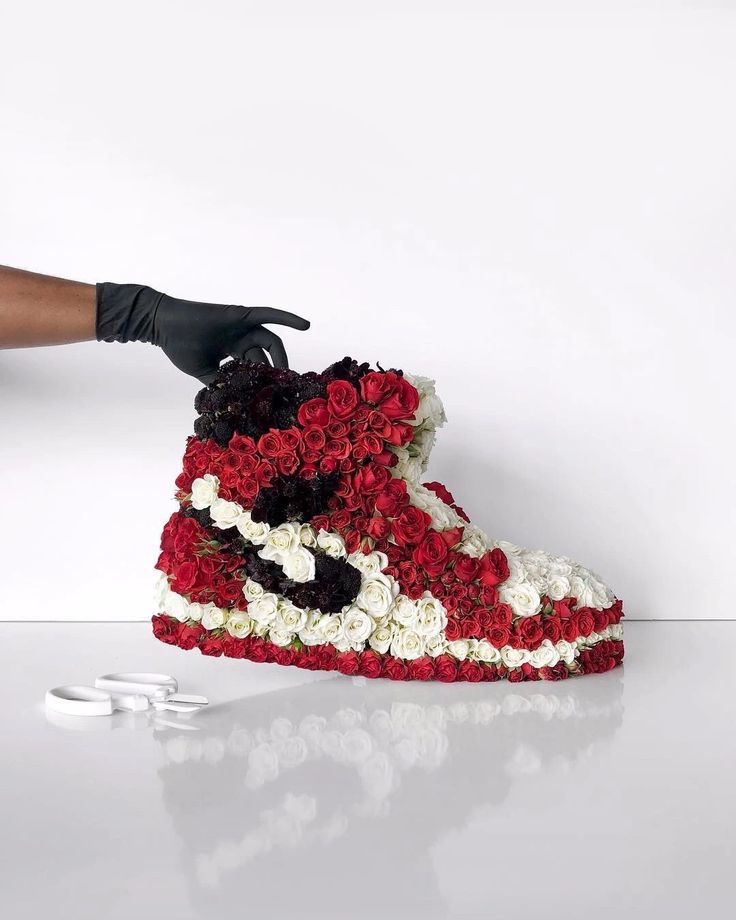
- Some use double-sided tape or linen strips that were used for ski bindings. They are very comfortable and last a long time. And if you find a surgical patch, it will last a very long time.
- There is an easier way - before each exit to the street, rub the soles of the boots with raw potatoes or a solution of starch in water. However, this procedure, although simple, requires daily repetition.
- If children's shoes are slippery, you can glue the sole with pieces of flannel fabric. The disadvantage of this method is that these overlays will be visible when walking.
- Children's art kits contain bright colors that tend to expand when exposed to temperature, forming a three-dimensional pattern. After drying, they leave a loose pattern on the surface. So that children's shoes do not slip, you can apply a small layer of such paint on the soles of the shoes and leave it for a day to dry. The effect is temporary, but longer than the effect of the patch.
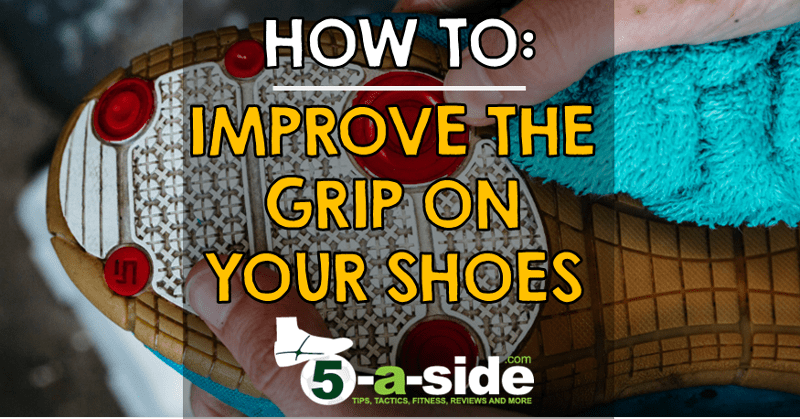
More radical methods
- Grating will create a roughness even on a smooth sliding surface, which will ensure safe movement on icy sidewalks for several weeks. You just need to be careful not to ruin the thin sole. The pattern can be applied with any sharp object - a knife or a well-heated nail.
- To keep shoes from slipping in ice, you can use a more radical method, but it is only suitable for boots with thick soles. Small screws are screwed into it, and their ends that are too long are cut off. This method will reliably prevent slipping when walking, but will cause inconvenience with the sound of screws. In addition, in such boots you can not walk on the parquet, so as not to scratch the wooden surface.
- There's an easy way to turn shoes with thick polyurethane soles that slip like skis in the cold into comfortable winter boots with deep tread. To do this, it is necessary to drill small holes on its surface with a hot soldering iron, which will create a pattern of tubercles.
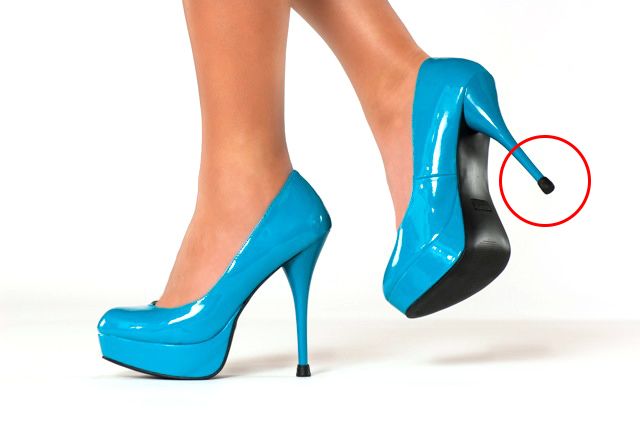 Boots will turn into excellent spikes that are not afraid of even ice. When working, be sure to be careful.
Boots will turn into excellent spikes that are not afraid of even ice. When working, be sure to be careful.
Professional methods
For those who do not recognize folk recipes and are not going to follow them, there are professional accessories for winter shoes. Workshops can offer a rubber anti-slip sticker that is cut to the exact size of the surface and firmly adhered to it. Depending on the price, you can choose a thicker overlay with a deep tread pattern. Just do not rush the master and pick up the boots ahead of time. For the decal to last through the winter months, it needs to stick well.
In order to prevent shoes from slipping, many people search the Internet for special ice access pads that are selected according to their size. Basically, they are suitable only for boots with a flat sole, to which they are easily glued. There is a huge selection of led access from different materials and for different models, including elegant women's ankle boots with heels. These pads have a studded surface that prevents slipping. They are put on boots or boots before going outside, and removed indoors.
These pads have a studded surface that prevents slipping. They are put on boots or boots before going outside, and removed indoors.
Numerous tips tell you what to do, and to prevent slipping shoes, they recommend resorting to various manipulations. These solutions often require constant attention to the boots, regular updating of the product and are not always 100% reliable. But they are a good temporary remedy before buying the right winter boots.
When choosing shoes, we first of all pay attention to their appearance, price and convenience. And only when we are in a new thing on the street, especially on ice, we begin to think about such an important quality of shoes as a non-slip sole. But slippery shoes threaten not only discomfort, but also the risk of injury when walking the streets, especially for the elderly.
How do you choose shoes that are sure to be non-slip at all times?
Winter non-slip shoes are characterized by a rather embossed sole with significant flexibility, which ensures good grip on any road and prevents slipping from bumps and bumps.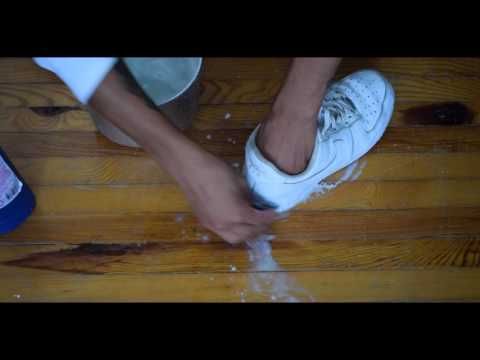 If we talk about the material, then the polypropylene sole is considered less slippery than the rubber one. It is not advisable to give preference to high heels in winter, because such shoes will not be stable enough and will begin to slip.
If we talk about the material, then the polypropylene sole is considered less slippery than the rubber one. It is not advisable to give preference to high heels in winter, because such shoes will not be stable enough and will begin to slip.
If you have already bought shoes and it turned out to be unstable, don't despair. There are several proven ways to make the soles of shoes non-slip. Conventionally, they can be divided into professional methods and folk advice.
- You can sculpt flat soles yourself with a nail, float or any sharp object. But do not overdo it, so as not to damage it too much, which may affect the moisture and heat resistance of the shoe.
- Use coarse sandpaper. It is useful not only for rubbing the sole and scratching it in this way, but also for sticking individual patches on the heel and toe, which will provide more comfortable movement in ice.
- Adhesion to the sole of materials such as cloth-based patches, felt, durable foam rubber or rubber significantly reduce the sliding properties of shoes.

- Improvised spikes can be built on the sole. To do this, you need small screws and nails.
- The original method should be used if you have Moment glue. It consists in the fact that the specified glue is applied to a slippery sole over its entire surface with ornate patterns, and sprinkled with coarse sand or small pebbles on top. Leaving the shoes after that for a day to dry, you will get universal all-terrain vehicles.
- Surprisingly, rubbing the soles with raw potatoes also gives a good effect and helps to stay more stable on the ice.
As you can see, making winter shoes non-slip is not so difficult.
For this, only desire and some quite accessible materials are enough.
Professional anti-slip shoes
If you are not a fan of improvisations and are ready to fork out, then we hasten to please you: today there are several varieties of special devices on sale that will provide non-slip soles for winter shoes. Among them are the following:
Related articles:
| How to downsize shoes? Many are familiar with the situation when shoes bought in a hurry turned out to be large, or after a while they were worn out to large sizes. | How to seal rubber boots? Rubber shoes are the best option in the off-season, allowing us to protect ourselves from moisture and dirt. But what to do if a crack appears in your favorite boots? In this article, we will talk about several ways to seal rubber boots. |
| How to wash sneakers in the washing machine? No hand wash can compare with the quality of the machine, and machine-washed sneakers will surprise you with their perfect cleanliness. How to wash sneakers in order not to spoil the shoes, we will tell in the article. | How to disinfect shoes from fungus? Foot fungus is an intractable disease, it is much easier to prevent it, including disinfection of shoes. How to do it right and what means to use, we will tell in the article. |
The transition period has come. Ice on the street.
Ice on the street.
Even the softest sole on a shoe may not save a person from ice and slipping. The risk of falling in these conditions and injury is very high.
Now we will consider several options - how to make anti-slip pads for anti-slip shoes at home with your own hands. And if you do not have the opportunity to buy these linings, then we will tell you how to make sure that your shoes do not slip in ice.
1) Option 1.
We take an old felt boot. We cut off a piece from it and nail it with small carnations to the sole of our shoes. Or glue it to the sole. Usually such an option using an old felt boot (a piece of felt is also suitable) will help to resist slipping of shoes if there is no rain (not damp) outside, if there is no snowfall. If all this is there (snow or rain), then the felt will simply take on a small crust and will also slide along the road, as if you were skating. This method protects shoes from ice for 7-10 days. Then the felt is washed off.
2) Option 2.
To make your own anti-icing shoes, you will need Moment glue. Apply glue to the sole of the shoe with a snake.
How to make your own non-slip shoes
Let it dry a little. Then with a match we smear it on the sole with a small snake. After a day, when the glue dries, rub it a little with a large sandpaper so that its surface becomes rough. Usually this method protects against ice for 4-6 days (for a week).
3) Option 3.
The simplest. Take a large adhesive plaster and stick it in pieces to the sole of the shoe. The effect is about the same - for 3-4 days you will have enough protection against ice. But it is necessary that there is no snowfall or rain, so that the adhesive plaster does not take on a crust.
4) Option 4.
The hardware store sells special strips with sticky sandpaper (see photo). They are usually used near shops, pasted on the porch so that visitors do not fall in winter. In the same way, they can be glued to the sole of the shoe, like a patch. Usually this method is enough for 2-3 days with ice, as the sandpaper quickly wears out when walking on asphalt or at the entrance of the house.
Usually this method is enough for 2-3 days with ice, as the sandpaper quickly wears out when walking on asphalt or at the entrance of the house.
5) Option 5.
Use of various polyurethane heels. This material is soft, like silicone, and does not tan when iced. Therefore, it clings well to the ice and prevents a person from sliding on it. Usually these heels last the whole season.
6) Option 6.
Metal heels. They are manufactured and sold specifically for those regions where ice is frequent. Or for special services that work in the mountains or in conditions of frequent slipping of shoes. These can be special heels with spikes, with nails, heels around the perimeter of the shoe, etc. But in the city, where after the street people enter the room, these heels are somehow uncomfortable, they knock like metal horseshoes. Therefore, they should be used only as a last resort, when other methods do not help.
7) Option 7.
Special anti-icing shoe covers.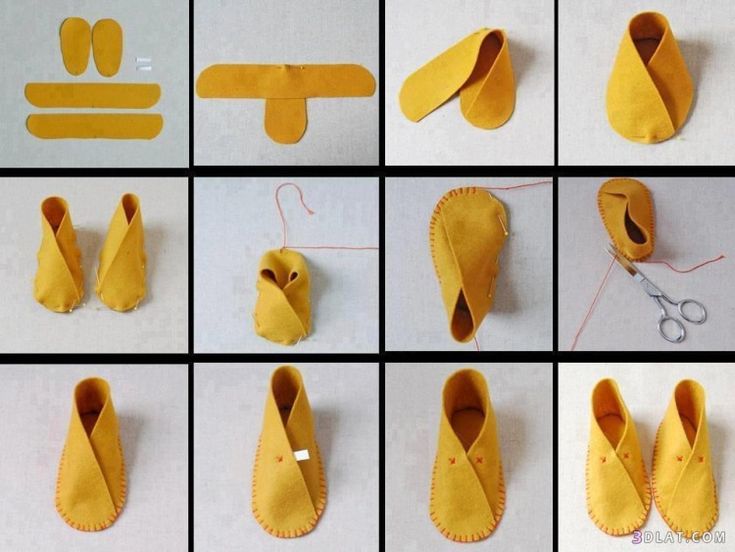 They are rubber. And from below they have metal spikes, like a studded car tire. Wearing such slips on shoes, a person will walk very steadily on ice and not fall.
They are rubber. And from below they have metal spikes, like a studded car tire. Wearing such slips on shoes, a person will walk very steadily on ice and not fall.
And most importantly. How not to fall into the ice.
First tip . It is necessary to choose shoes specifically for winter. That is, so that the sole is not made of plastic, which in the cold becomes “oak, wood” and slides like skates. And to be made of polyurethane, which remains soft in the cold.
Second tip . The sole of the shoe must be grooved. Then she will "grab" the ice, preventing her from slipping.
Third tip . Develop the habit of walking in ice in a special way, not like in summer. How to walk on ice? Very simple: a) we bend our legs a little at the knees and do not straighten them to the end until we step on a normal, stable surface. b) take small, short, slow steps. If we go fast, wide, if we run, then we will quickly fall into the ice. C) be sure to look under your feet, marking areas with ice.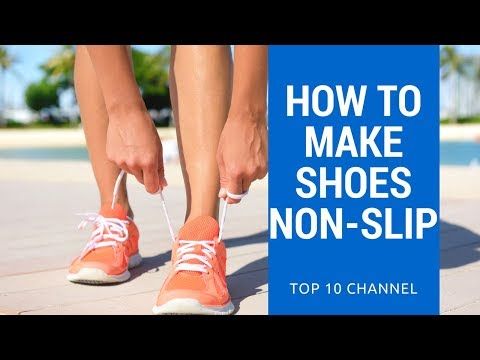 If we do not look under our feet, then we will not be ready for dangerous areas, and the risk of falling in this case is very high.
If we do not look under our feet, then we will not be ready for dangerous areas, and the risk of falling in this case is very high.
Useful tips:
How to cut a snowflake out of paper in 1 minute: HERE.
The first snow has already fallen. It is cold at night - and with a slight thaw, ice forms. A period of bruises and fractures threatens those who do not know how to protect themselves from falling on the streets.
The right shoes
Chic high-heeled boots we advise you to postpone until spring weather. Look for simpler shoes in stores. Examine the sole. Smooth - not at all for the winter months. You need a tread with a deep and even pattern so that the shoes do not slip when you have to walk on a snow-covered street.
Put on your boots and go shopping. Is the sole flexible enough? The softer it is, the better it will keep you on a frosty surface. And in low-quality shoes, a stiff mark will harden even more.
Anti-ice pads
If you don't have the money for expensive shoes, we'll show you how to make the soles of your existing boots or shoes non-slip.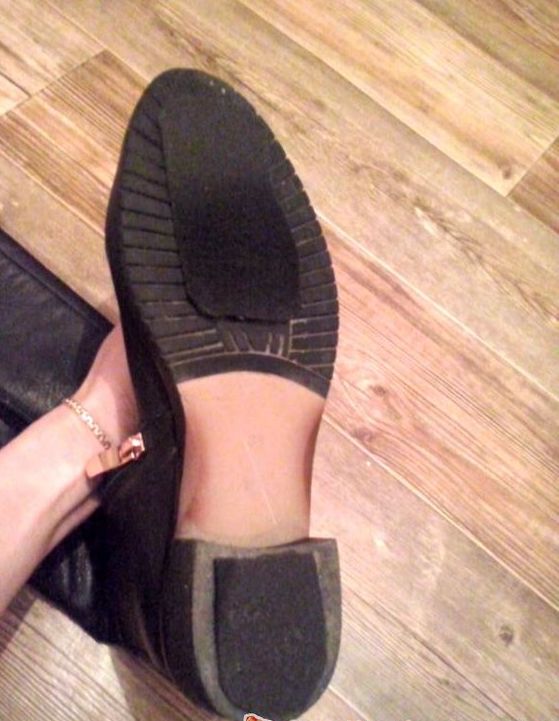 Buy removable soles made of good rubber. They are equipped with steel spikes. The view is not very elegant, but the risk of injury is minimized.
Buy removable soles made of good rubber. They are equipped with steel spikes. The view is not very elegant, but the risk of injury is minimized.
Another way is anti-ice pads. These are hoops, chains and other devices worn on shoes or boots.
Get ice access - rubber stretching for shoes. They have a metal sole with spikes. Very good ice protection. The disadvantage is that the metal knocks heavily while walking on the floor, asphalt.
Also available are "rubber socks" with screws, but without the iron plate. This option is not noisy.
Shoe shop
Contact shoe repair professionals. They will put a prophylaxis made of rubber or rubber. This is a great tool to keep your balance on a snowy track.
Also use soft polyurethane heels. You are saved for the whole winter. Metal ones work too. They are placed around the perimeter soles. They come with thorns or small carnations. However, in this case, you will start to click in the subway and on the pavement like a good horse.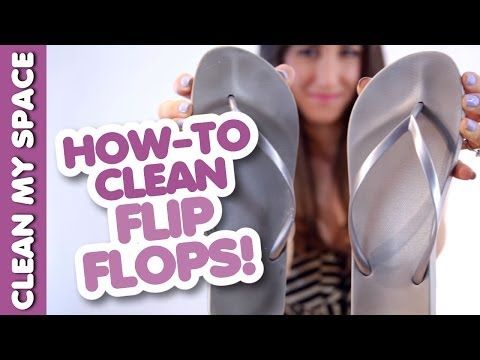 But on a slippery street, it will keep you from falling.
But on a slippery street, it will keep you from falling.
Various recipes
Our grandmothers coped well with the problem of instability on winter roads. They knew what to do to keep the shoes from slipping. For example, they cut off two pieces from old boots and glued them to the sole or nailed them with small carnations. True, such protection against icing lasted 7-10 days.
You can use Moment glue to draw a thick snake on the sole. Dry and grind to small zigzags. After a day, walk with a large sandpaper so that the sole becomes rough. But this way - for a week.
Sprinkle more sand on the coated sole with resin-based adhesive. Get a layer of anti-slip agent. In this case, the glue will not dissolve in the snow.
Some people apply several layers of plaster or sticky emery strips. A day or two quietly walks along the street. But with snow and rain, shoes with a plaster turn into skates.
Do-it-yourselfers recommend sticking on shoes and sponges for washing dishes.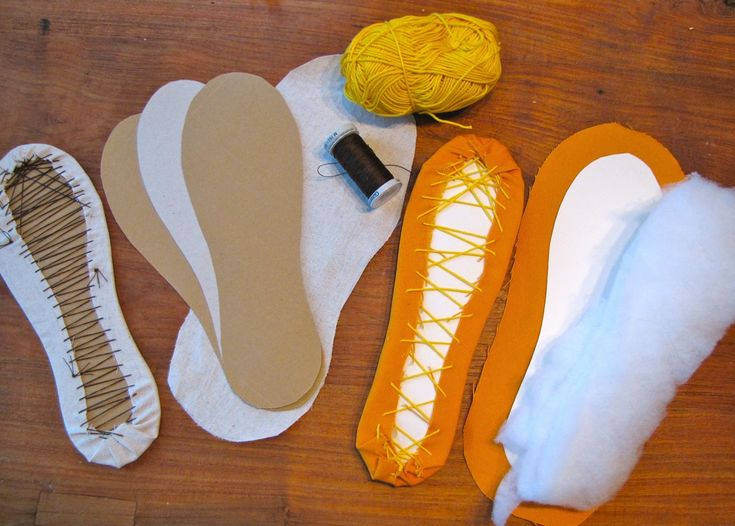 But this is short-lived and not aesthetically pleasing. Therefore, it is better not to save on health, but to buy branded shoes that are prepared for walking on slippery streets.
But this is short-lived and not aesthetically pleasing. Therefore, it is better not to save on health, but to buy branded shoes that are prepared for walking on slippery streets.
Buying shoes for the winter is more difficult than for any other season. I want it to be stylish, beautiful, comfortable, warm and reliable at the same time. Choosing a shoe that combines all these qualities is not easy.
And there is one more important detail, like a slippery sole. It can bring a lot of trouble and discomfort in winter. But it is about her at the time of purchase that is often forgotten.
So what should I do if I have already purchased shoes and they are slippery? How to deal with this problem at home? Let's consider several ways.
How to make the sole non-slip - adhesive plaster, sandpaper, felt
These are simple and common methods that our parents used.
- Adhesive plaster. Only not bactericidal, but on a coarse fabric basis. Cut off suitable pieces and stick them on the toe and heel of the shoe.
 This method is short lived. The patch quickly wears off, gets wet and peels off. We must be prepared for the fact that it will have to be updated at least every other day.
This method is short lived. The patch quickly wears off, gets wet and peels off. We must be prepared for the fact that it will have to be updated at least every other day. - Felt. The technology is the same as with adhesive tape. But it lasts longer - about a week, if you use good glue.
- Sandpaper. There are two applications. Glue pieces of paper on a cloth basis, as in previous cases. Or just rub the sole well with fine-grained sandpaper, sandpaper. This procedure will need to be repeated periodically.
How to make the sole non-slip - sand, glue, melted nylon
Here you have to work longer and more carefully, because there is a risk of spoiling the sole. But these methods are considered more effective.
- Sand and glue. Take Superglue or Moment. Well lubricate their soles. And quickly, before the glue dries, sprinkle sand on top. To securely fasten shoes, you need to leave them to dry for several hours.
- Hot sand. Heat the sand in the oven to a high temperature.
 Take out the pan. Put your shoes on it and wait for the hot grains of sand to stick to the sole.
Take out the pan. Put your shoes on it and wait for the hot grains of sand to stick to the sole. - Molten nylon. Set fire to a piece of nylon, for example, an old stocking. When it starts to melt, drip onto the sole. As a result, bumps are formed that prevent slipping.
How to make the sole non-slip - radical methods
Such radical methods must be treated with care so as not to ruin the shoes.
- Pattern on sole. You will need improvised means: a soldering iron, a burner, a hot nail or a rod. With their help, carefully make a pattern or relief on the sole.
- Homemade spikes. Screw small screws into the sole and cut off the protruding parts. Please note that the sole must be thick for this, and shoes should be used exclusively on the street.
How to make the sole non-slip - methods for every day
These methods are the easiest to perform, but you will have to do the manipulations every day.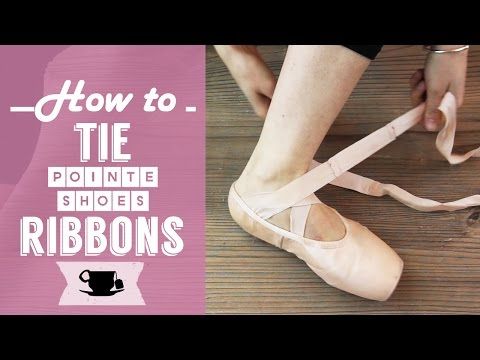
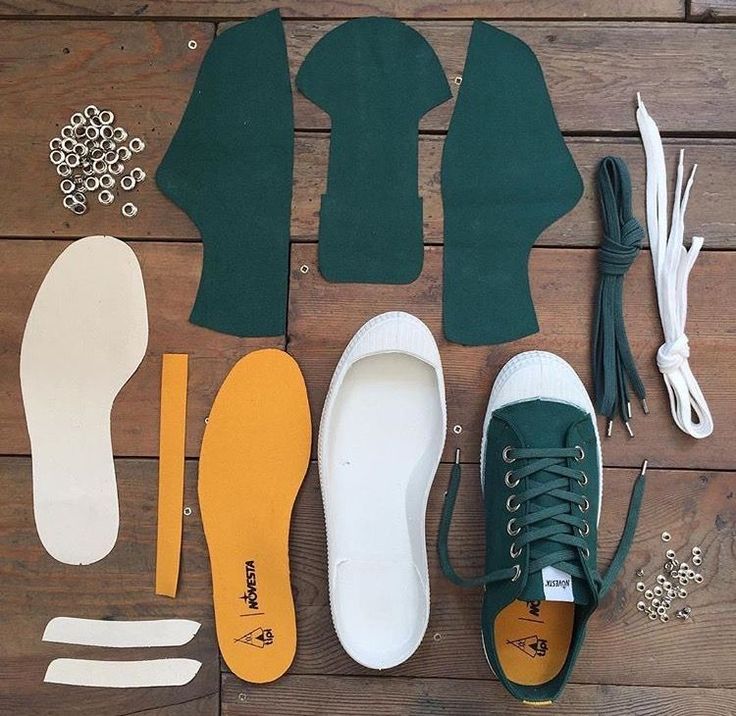 In this article, we will talk about some effective ways to reduce the size of your shoes.
In this article, we will talk about some effective ways to reduce the size of your shoes. 



